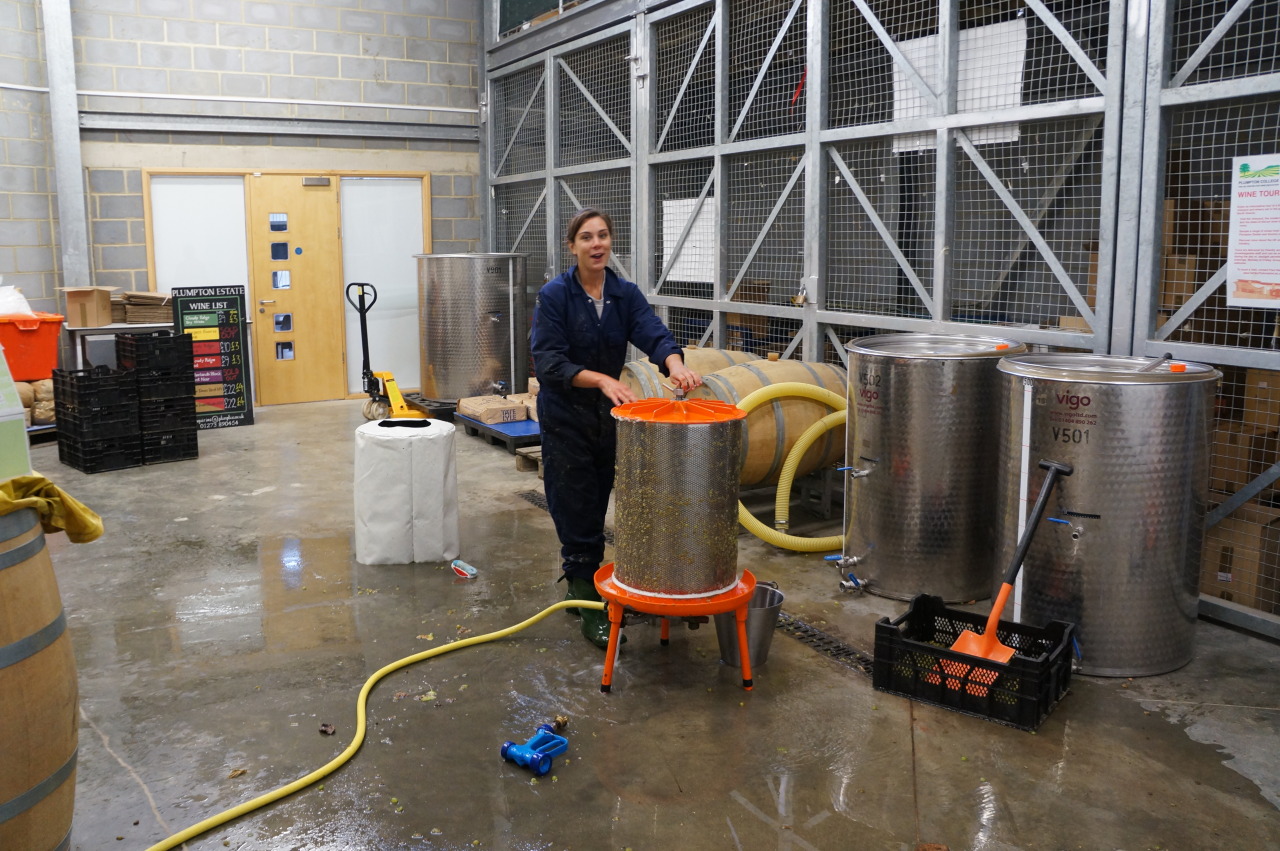Last week I was preparing for my trip to Champagne that is occurring this week. I will be working with my Colleagues from University of Reims, collecting samples during grape processing. We have had to wait until the CIVC had declared the Vendage dates for Champagne. So I will be going to France on Tuesday night and spending the rest of the week collecting juice samples from a large winery during the key stages of whole-bunch pressing. Once we have collecting the samples, it will be back to the lab to carry-out key analysis, and then return the next day to collect more samples.
Generally most of France has being experiencing trying grape growing conditions such as late budburst, flooding rains, hail, scorching hot summers months and mostly recently weather conditions conducive to mildew and grey rot. Champagne has not been immune to this problems, and some vineyards are showing a proportion of Botrytis cinerea infection. I will be quantifying how much Laccase or by its technical name benzenediol:oxygen oxidoreductase (IUBMB Enzyme Nomenclature E.C. 1.10.3.2) has been produced by the infection. One of these easiest ways to quantify the quantity of enzymes is to measure the substrates consumed or the by-products produced.
In my experiments I will be measuring how much Syringaldazine (4-Hydroxy-3,5-dimethoxybenzaldehyde azine) has been consumed per minute of activity.
 |
| Syringaldazine (courtesy of Sigma Aldrich) |
They are many methods for measuring this consumption, at different pH, temperature, concentration and buffers.
- Consumption of 0.5 mM syringaldazine at pH 6.5
and 25 °C
(Lante et al. 2000)
- Consumption of 1.0 mM syringaldazine in
citrate-phosphate buffer at pH 5.0 (Minussi et al. 2007)
- Consumption of 0.216 mM syringaldazine in
potassium phosphate buffer at pH 6.5 and 37 °C (McNaughton 2003)
- Consumption of 0.01% w/v syringaldazine in
sodium acetate buffer (Iland et al. 2004)
The reason syringaldazine is used because it oxidises quickly and produces a distinctive red/magenta colour change at 525-530 nm, which can be measured by visible light spectrophotometer. The increase absorbency at 525/530 can then be related to the amount of syringaldzine consumed and thence the activity of laccase in the sample.
 |
| Cuvettes of syringaldzine reaction product |
Iland, P., Bruer,
N., Edwards, G., et al., 2004. Chemical analysis of grapes and wine:
techniques and concepts, Campbelltown: Patrick Iland wine promotions.










